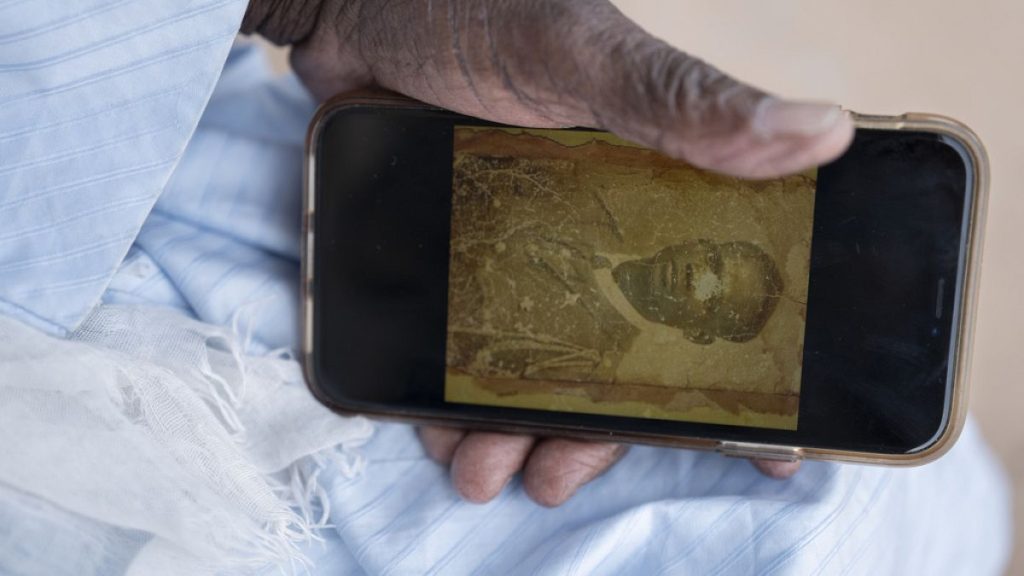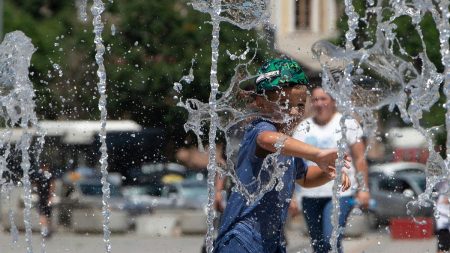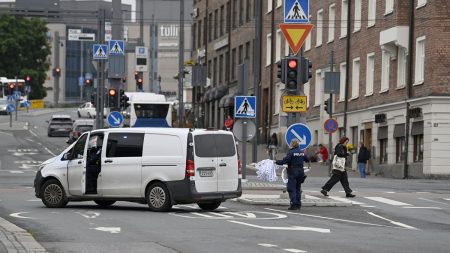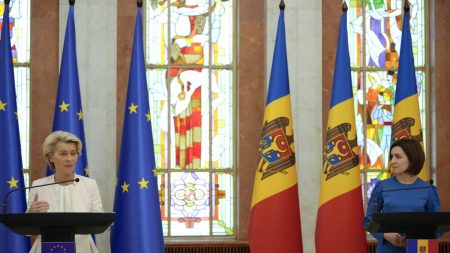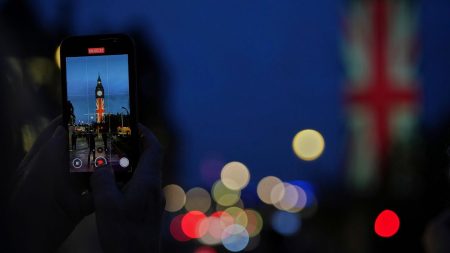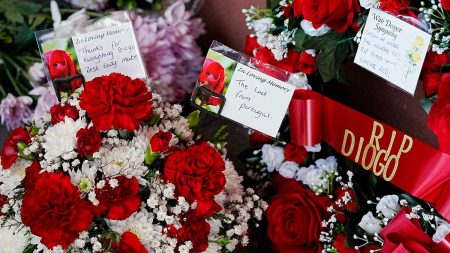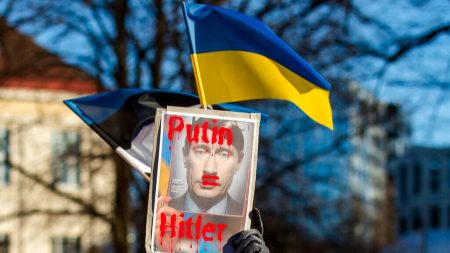In December 1944, a tragic event unfolded in Thiaroye, a village near Dakar, Senegal, where hundreds of West African soldiers, known as “Tirailleurs Sénégalais,” faced a brutal massacre by the French army. These soldiers had bravely fought for France during World War II but were met with betrayal when they demanded their long-overdue wages. Biram Senghor, an 86-year-old commemorator at the military cemetery in Thiaroye, reflects the grief and uncertainty surrounding the massacre, as he bows before unmarked graves, uncertain of which one holds his father’s remains. Historical estimates suggest that the death toll could reach nearly 400, fabricating a narrative fraught with ambiguity and a lack of closure regarding the true scale and circumstances of the killings.
The historical context is compounded by conflicting reports from the French military at the time of the massacre. Initially, only 35 soldiers were reported killed in what was termed a “mutiny”; later counts suggested 70 deaths. However, contemporary historians increasingly concur that the number of casualties was likely hundreds, driven by the sheer volume of soldiers at the camp that day. The disjunction between historical records and current understandings contributes to ongoing tension between Senegal and France, with calls for acknowledgment and reparative actions intensifying under French President Emmanuel Macron’s administration. In a letter sent to Senegal’s President Diomaye Faye, Macron recognized the events as a massacre for the first time, stating that the confrontation stemmed from unarmed soldiers demanding their due wages.
Despite Macron’s acknowledgment, historians continue to dispute the narrative of a mutiny, arguing instead that the massacre represented the execution of unarmed soldiers. Notably, Martin Mourre, a French historian, emphasizes the absence of any injuries among French soldiers during the trial of the African riflemen, further debilitated by the lack of transparency surrounding military reports and testimonies from the time. French authorities have long sought to downplay the Thiaroye incident, perpetuating a narrative that distanced them from accountability while failing to disclose crucial documents regarding the event, including the precise location of mass graves.
The lack of available historical documents has hindered scholarly efforts to piece together the truth of Thiaroye. Although French President François Hollande handed over some archives to Senegal in 2014, key documents remain missing or inaccessible, complicating historians’ endeavors to understand the full scope of the event. Mamadou Diouf, a Senegalese historian involved in commemorations, noted that previous administrations, particularly under President Macky Sall, have shown little urgency to address the historical narrative, likely to avoid straining diplomatic ties with France. Under the leadership of the newly elected President Bassirou Diomaye Faye, there is renewed hope for improved access to historical records and a commitment to redefine Senegal’s narrative with its former colonizer.
President Faye’s administration has committed to comprehensive commemorative activities across Senegal from December this year through April 2025, intending to integrate the Thiaroye massacre into the national consciousness. Initiatives directed at younger audiences through significant media engagement could foster greater awareness about this event in Senegal’s history, previously overshadowed by colonial narratives. Political analysts speculate that a focused effort to discuss and acknowledge the massacre will help to solidify its place within the collective memory of the nation.
These events unfold within the broader context of shifting power dynamics in West Africa, as France’s historical influence wanes in former colonies, marked by the withdrawal of French military presence from nations such as Mali and Burkina Faso. Senator Faye’s remarks underline an emerging sentiment among Senegalese, who grapple with the historical realities of colonization and military occupation while advocating for sovereignty and respect from former colonial powers. The commemoration of the Thiaroye massacre, therefore, symbolizes not only a reckoning with the past but also a reassertion of Senegal’s identity and autonomy in shaping its future narrative.




